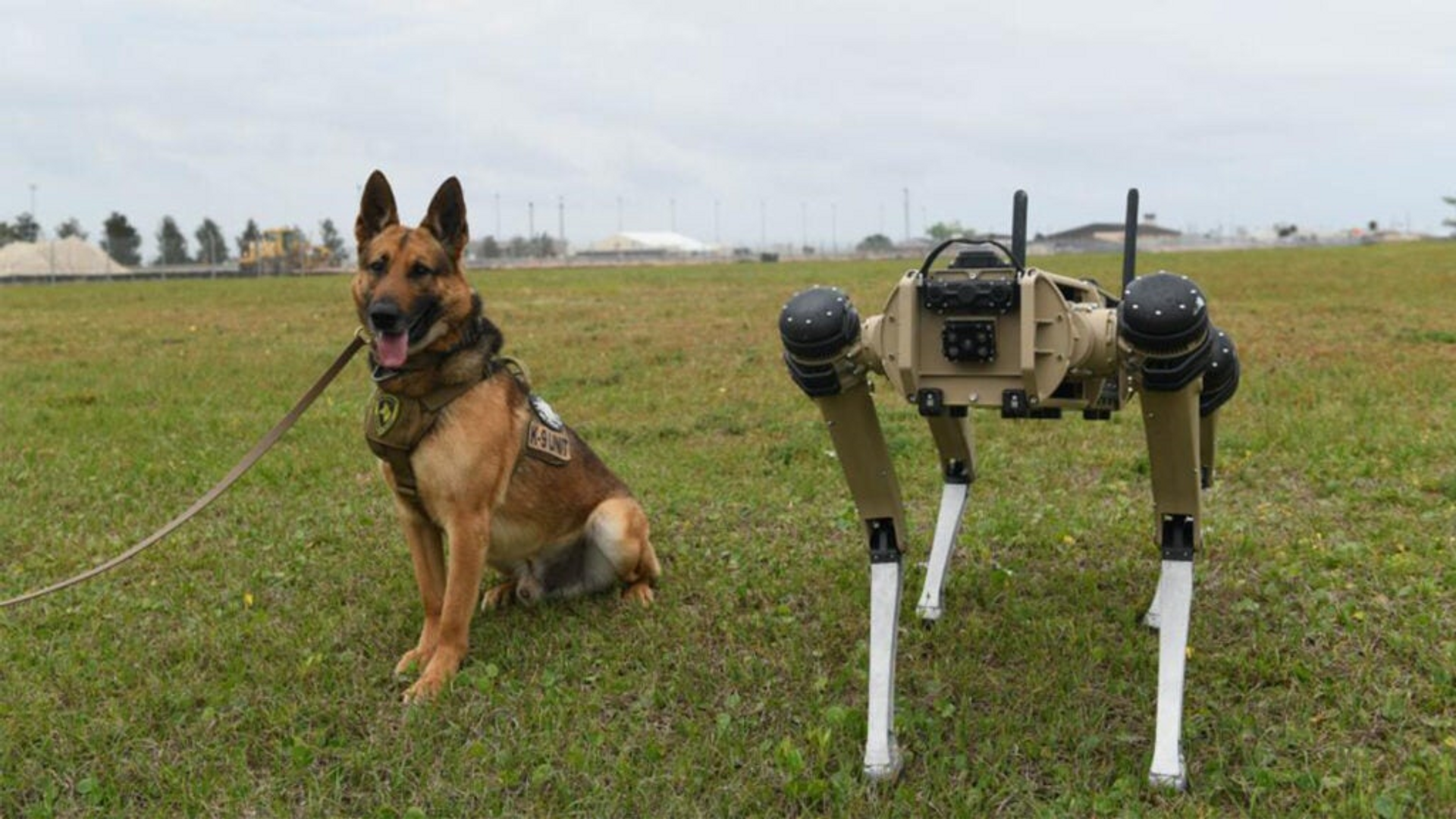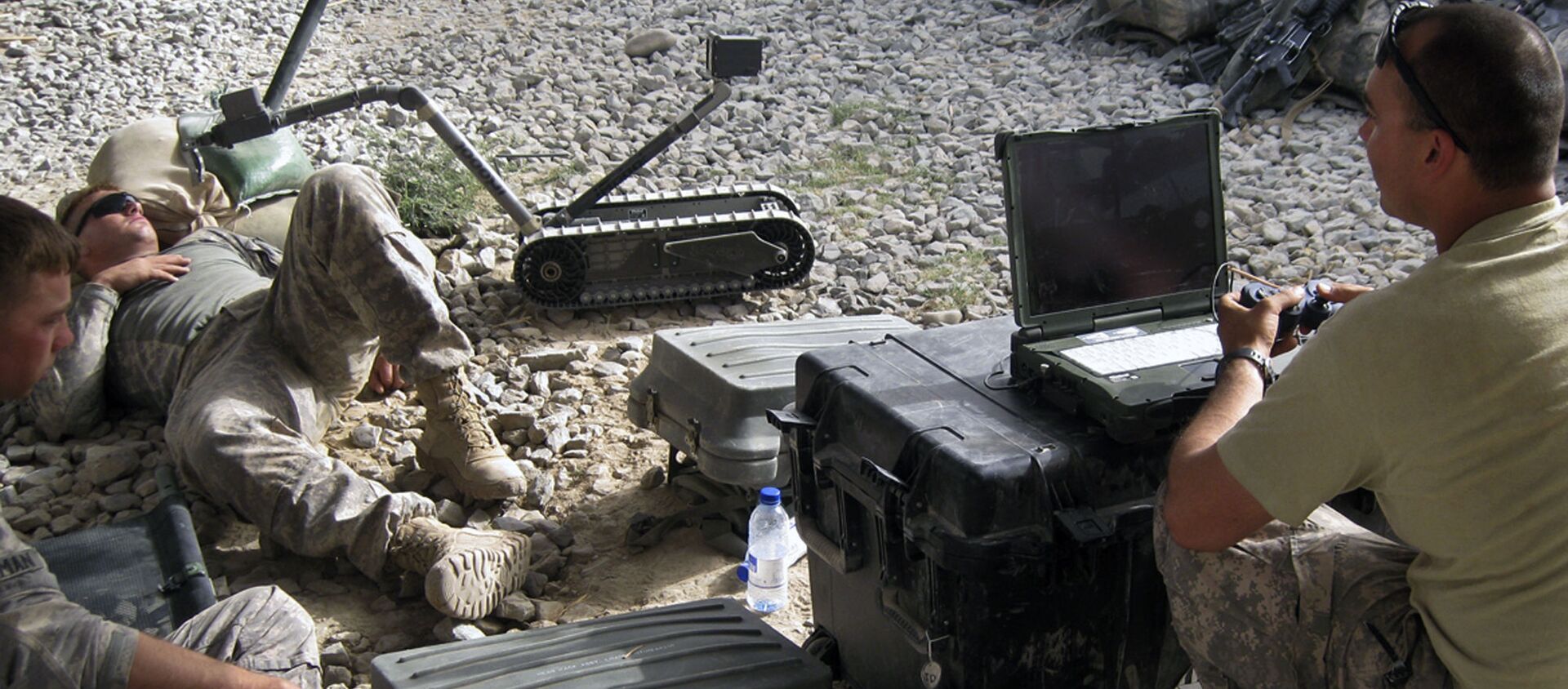Florida's Tyndall Air Force Base has taken delivery of its first semi-autonomous robot dogs.
The four-legged robots, bearing a resemblance to Boston Dynamics’ Spot, are called ‘Quad-legged Unmanned Ground Vehicles’, or ‘Q-UGVs’, and operated by the base’s 325th Security Forces Squadron.
Like their famous civilian cousins, the robot dogs are said to be capable of nimbly navigating ground terrain, scaling heights, crouching, creeping and running.

Q-UGVs are the brainchild Ghost Robotics, a Philadelphia-based robotics company competing with Boston Dynamics, and military software provider Immersive Wisdom.
In a press release, Tyndall AFB security forces programme manager Mark Shackley said that the robot dogs will serve as a mobile sensor platform, “significantly increas[ing] situational awareness for defenders.”
Multiple cameras and sensors are attached to the robots, including a 360-degree picture of the battlefield environment, microphones and a radio allowing them to communicate with anyone or anything they happen to encounter.
They can be driven via a virtual reality headset, or programmed to travel along a prearranged patrol route while being monitored by an officer.
The Q-UGVs are said to be able to operate in extreme weather conditions ranging from -40 to +131 degrees Fahrenheit, and according to Task & Purpose, can be equipped with “other sensors and equipment to help on special missions, like explosive ordinance disposal.” The military did not specify whether future options might include attaching mobile machine gun turrets, minelayers or other deadly equipment to the robots and sending them to Third World counties for counterinsurgency operations.
The robo dogs were delivered on 22 March. Tyndal AFB announced that the base would be the first Pentagon installation to make use of semi-autonomous robots back in November.




